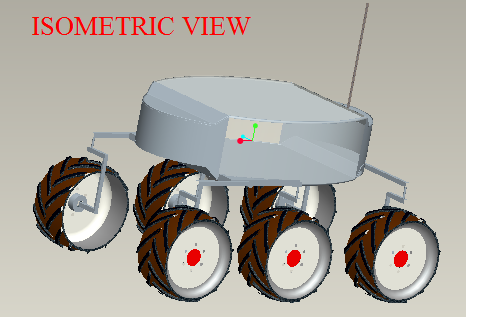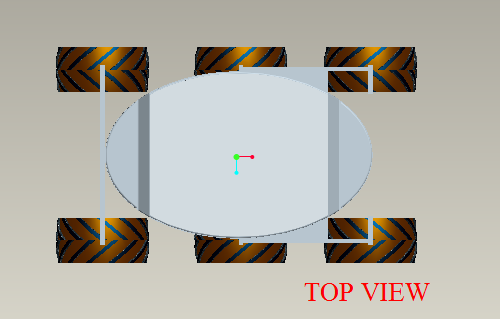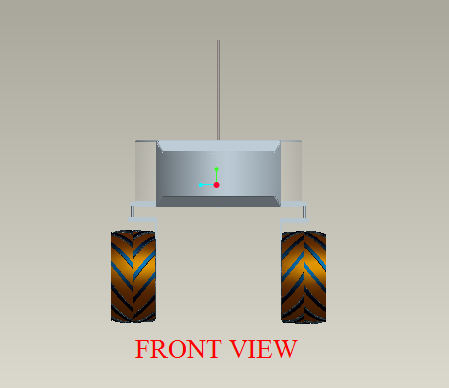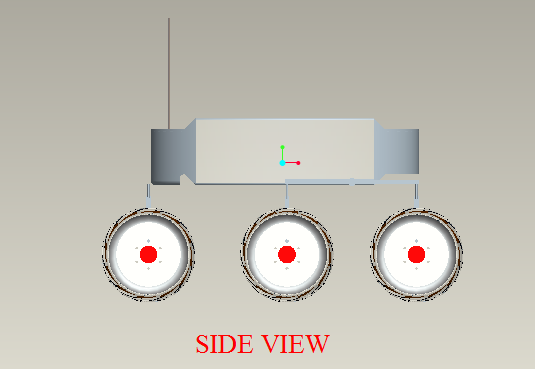Generally we have been using induction motor from several years. Actually induction motors have been using in industrial applications and household appliances. A single-phase induction motors are widely used in household appliances like Refrigerator, Washing machines, Fans, Air conditioners, Pumps, Freezers, etc as well as in industrial applications. Because, it is very easy applicable, low cost as well as strength and high performance. Actually in previous years, for calculation of speed purpose we used speed sensors for induction motors. But the age of advanced technologies we have to calculate the speed of induction motors by using without speed sensors. So we have to take one of simple speed control is needed without requirement of pulse code and DSP.
Because the stator current and variation of current of small induction motors are very small. In the before used system detecting of stator current and variation of stator current is difficult, noise of inverter is very large, variation of phase difference is easy when load is fluctuating. But all these defects are overcome in this project and also we have some of advantages.
To get these advantages we have a control system. In this system we can use PWM Inverter, Filters, Detection circuit of phase difference, Counter, Microprocessor, D/A converter.
The PWM Inverter is used for control the voltage/frequency to maintain not to vary a ratio. O/P of PWM is given to filter which is used for reducing the noise of stator current signal and stator voltage signal. O/P of filter is given to detection of phase difference which is used for find the phase difference between stator voltages and currents which is equivalent to the time difference. O/P of this is given to microprocessor which is used for storage of data table having a the relation between operating frequency and phase difference. It calculate the industrial frequency which is given to D/A converter. It converts digital to analog because PWM inverter needs only analog signals. So to control the speed of the induction motor we have to estimate the torque for that power factor is required.
Download ECE Seminar Topic on A Simple Speed Control Method for Small Induction Motors Base on Phase Difference .





